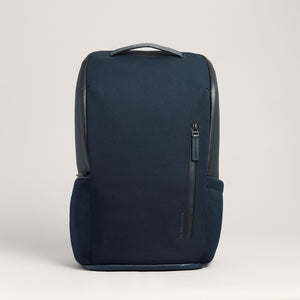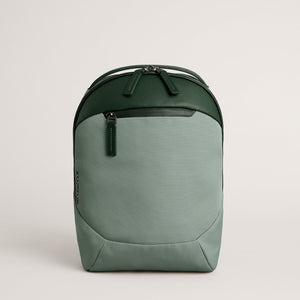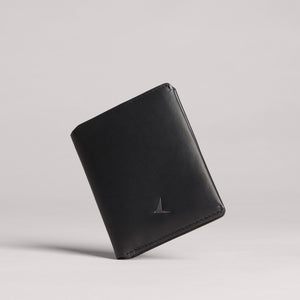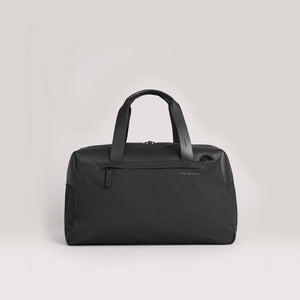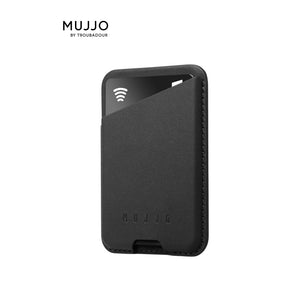Getting Fully Equipped for ÖTILLÖ 2014
More than any other race I’ve done, picking equipment for ÖTILLÖ has been a challenge. I promise, it’s harder than it sounds.
In this case, the wrong kit can make the difference between success and failure in training, and ultimately in how I fare during the race itself.
A lot of the difficulty is not just due to my indecision, but because of the fact that Swim/ Run racing is in its infancy, which means that most of the kit currently on the market, and at the bottom of my gym bag, is not designed for these kind of extreme endurance races.
This has led to some interesting DIY projects taking place in my flat – not on the layout, but on my sports equipment. I’m honestly quite proud of what I was able to create cutting my wetsuit with kitchen scissors and drilling holes in a Pull Buoy!

As awesome as my DIY sports gear has turned out, it’s probably wise to also buy appropriate ready-made equipment. In choosing what equipment to buy, I’ve taken three things into consideration:
-
Firstly, I need to be able to run 65kms, and swim 10kms in rough and cold conditions with this gear.
-
Secondly, with 38 transitions there’s no time to change at each one so the equipment must be amphibious. I need to be able to jump in the water and start swimming without really breaking stride. Likewise, we need to be able to get out of the water and start running (or scrambling over rocks or through bushes depending on the terrain).
-
Lastly, and this one is personal preference, less is more. As little gear as possible means less to distract and less to go wrong.
With that in mind, the following seven items will make up our race kit:
1. Wetsuit
I’ve taken my swimming wetsuit, a 2XU Race R3, and cut it just above the knees and just above the elbows. Cutting the wetsuit here means it won’t restrain range of motion on the runs.
2. Running Shoes
Almost everyone seems to be doing this race in Inov 8 shoes because they’re light trail running shoes . I’ve picked the Inov-8 X-Talon 212. They float (sort of) when swimming, they drain quickly when you start running, and they have grip for running over wet and slippery rocks. Lastly, I just think the shoes look fast, which is obviously the most important factor!
3. Socks
I’m racing in a pair of Injiji Compression ExCelerator 2.0 socks. They don’t retain too much water. They also have individual pockets for toes that reduces the movement of your foot inside the sock and thus reduces blisters. I’ve raced all my ultra marathons in Injiji socks and I swear by them.
4. Sports shorts
Under the wetsuit I’ll be wearing a pair of Under Armor shorts to reduce chaffing on the long runs. In addition, Vaseline will also be used generously to reduce chafing.
5. Pull buoy

I’ll be using a Pull Buoy to counter the drag created by having shoes on. Buoyancy devices under 100cm x 60cm are allowed in the race giving lots of room for imaginative equipment options. Some people put flotation under their socks to create buoyancy near the feet. I’ve opted for the simple approach and will just bring a pull Buoy. Closer to the start of the race I’ll do more DIY and put a hole through the pull buoy to attach it to my leg with a cord so I don’t have to hold it.
6. Rucksack
I’ll race with a small running rucksack under my wetsuit to carry emergency gear as well as some food and water. There are feed stations along the way that we’ll rely on for most of our food and drink intake. I prefer to carry some backup water and food to protect against the risk of being dehydrated or out of fuel – both of which could slow our pace massively. Cliff shots with caffeine and power gels with caffeine will be in the bag for the last 15kms or low points in the race.
7. Goggles and cap
I’ll be racing in my usual Zogg Predator goggles and Speedo cap. An extra pair of goggles will be in the rucksack in case one pair gets claimed by the sea.
8. Paddles (in consideration)
Paddles allow you to grab more water with each stroke. Most people do race with them. The downside is that they put more strain on your shoulders. I find the drag created from swimming with shoes puts strain on my shoulders as it. Once I get used to this I may try swimming with paddles to see if I’m comfortable with them, though I won’t take them if I’m not sure I can swim 10k without killing my shoulders.




















